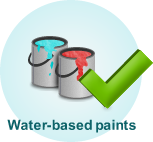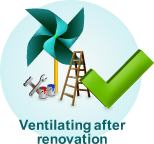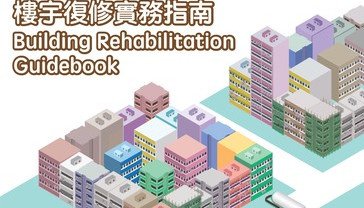Building rehabilitation process can cause a variety of potential environmental, health and safety concerns in association with the use of different building products. Some people may not be aware that the choice of building materials such as paints, coatings and adhesives can have the impact not just to the environment but also to the health of both workers and residents during the application works. As the said materials are volatile in nature, the use of which can affect the environment, both indoor and external, depending on the application.. Making the appropriate decisions for the choice of appropriate materials will help to protect the environment as well as the health of the building occupants and the workers.
Volatile Organic Compounds (VOCs) are commonly found in paints and coatings used in the building industry. They include compounds like formaldehyde and acetone, and they will be emitted into the atmosphere after application due to their low boiling point. Not only are VOCs harmful to the environment, some studies have shown that long-term exposure may cause sick building syndrome and increase risk of leukemia and lymphoma. Other than choosing products with no or low VOCs content, ventilating the area adequately following the renovation works will also help to reduce the pollutant levels.



Heavy metals such as lead and chromium are another group of chemicals that can be found in certain building materials such as paints and coatings. They are toxic to humans and are harmful to the renal system, reproductive system, immune system, nervous system, etc. Therefore, it is advisable to choose products that contain little or no heavy metals to minimise the risk of exposure through ingestion, inhalation and skin adsorption.
Additional information: Indoor Air Quality Information Centre








